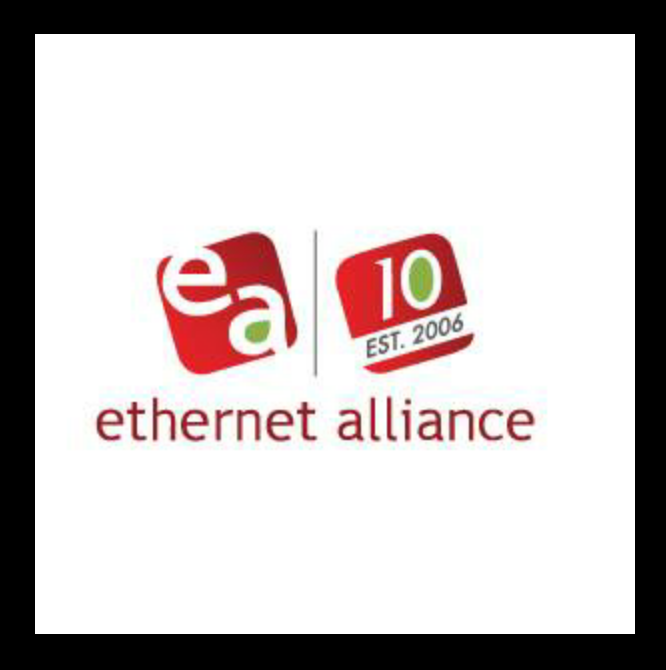The Ethernet Alliance, a global consortium dedicated to the continued success and advancement of Ethernet technologies, expanded with the ratification of a bevy of key IEEE 802.3 Ethernet standards. The industry’s voice of Ethernet, the organization applauds IEEE Standards Association’s (IEEE-SA) publication of IEEE 802.3bp, IEEE 802.3bq, IEEE 802.3br, and IEEE 802.3by, noting their importance to Ethernet’s continued evolution and significance as an indicator of what lies ahead.
Ethernet’s scope continues to broaden at an unprecedented rate, impacting sectors encompassing hyperscale data centers, enterprise, cloud computing, automotive, Internet of Things (IoT), and Power over Ethernet (PoE), among others.
With this unbridled growth comes increased demand for cost-efficient Ethernet and BASE-T Ethernet solutions at a variety of speeds, including 1 Gigabit per second (Gb/s), 25 Gb/s, and 40Gb/s.
The IEEE 802.3bp, “IEEE Draft Standard for Ethernet Amendment: Physical Layer Specifications and Management Parameters for 1 Gb/s Operation over a Single Twisted Pair Copper Cable”, defines physical layer (PHY) specifications (including optional single-pair autonegotiation and Energy Efficient Ethernet) and parameters for full-duplex 1 Gb/s Ethernet operating in harsh environments found in automotive and industrial applications.
IEEE 802.3bq, “Standard for Ethernet Amendment: Physical Layer and Management Parameters for 25 Gb/s and 40 Gb/s Operation, Types 25GBASE-T and 40GBASE-T”, opens the door to higher-speed 25 Gb/s and 40 Gb/s twisted pair solutions with auto-negotiation capabilities and Energy Efficient Ethernet (EEE) support for data center applications.
IEEE 802.3br, “Standard for Ethernet Amendment Specification and Management Parameters for Interspersing Express Traffic”, addresses the needs of industrial control system manufacturers and the automotive market by specifying a pre-emption methodology for time-sensitive traffic.
IEEE 802.3by, “Standard for Ethernet Amendment: Media Access Control Parameters, Physical Layers and Management Parameters for 25 Gb/s Operation”, introduces cost-optimized 25 Gb/s PHY specifications for single-lane server and switch interconnects for data centers.
“Ethernet is erupting in every direction. Whether you’re talking new markets like automotive or historic proving grounds such as networks and data centers, Ethernet’s ongoing expansion has reached critical mass. There’s growing velocity behind work being done to develop the next generation of speeds, innovative technologies, and forward-looking specifications for emerging application spaces,” said John D’Ambrosia, chairman, Ethernet Alliance; and senior principal engineer, Huawei. “These new standards are the latest product of the surge in enthusiastic activity permeating the Ethernet ecosystem, but they’re just the tip of the iceberg – there’s much more yet to come. We commend the members of IEEE 802.3 Ethernet Working Group for their efforts and congratulate them on a job well done.”
Last month, The Ethernet Alliance opened the Call for Presentations (CFP) for its 2016 Technology Exploration Forum (TEF 2016), scheduled for Sept. 29, this year at the Santa Clara County Convention Center.
At TEF 2016: The Road to Ethernet 2026, industry stakeholders will examine Ethernet’s recent burst of activity and expansion, and deliberate challenges and opportunities that lie ahead. The proceedings will focus on Ethernet’s intense development trajectory, as well as rapidly evolving market demandsand technology challenges impacting Ethernet over the next ten years.



